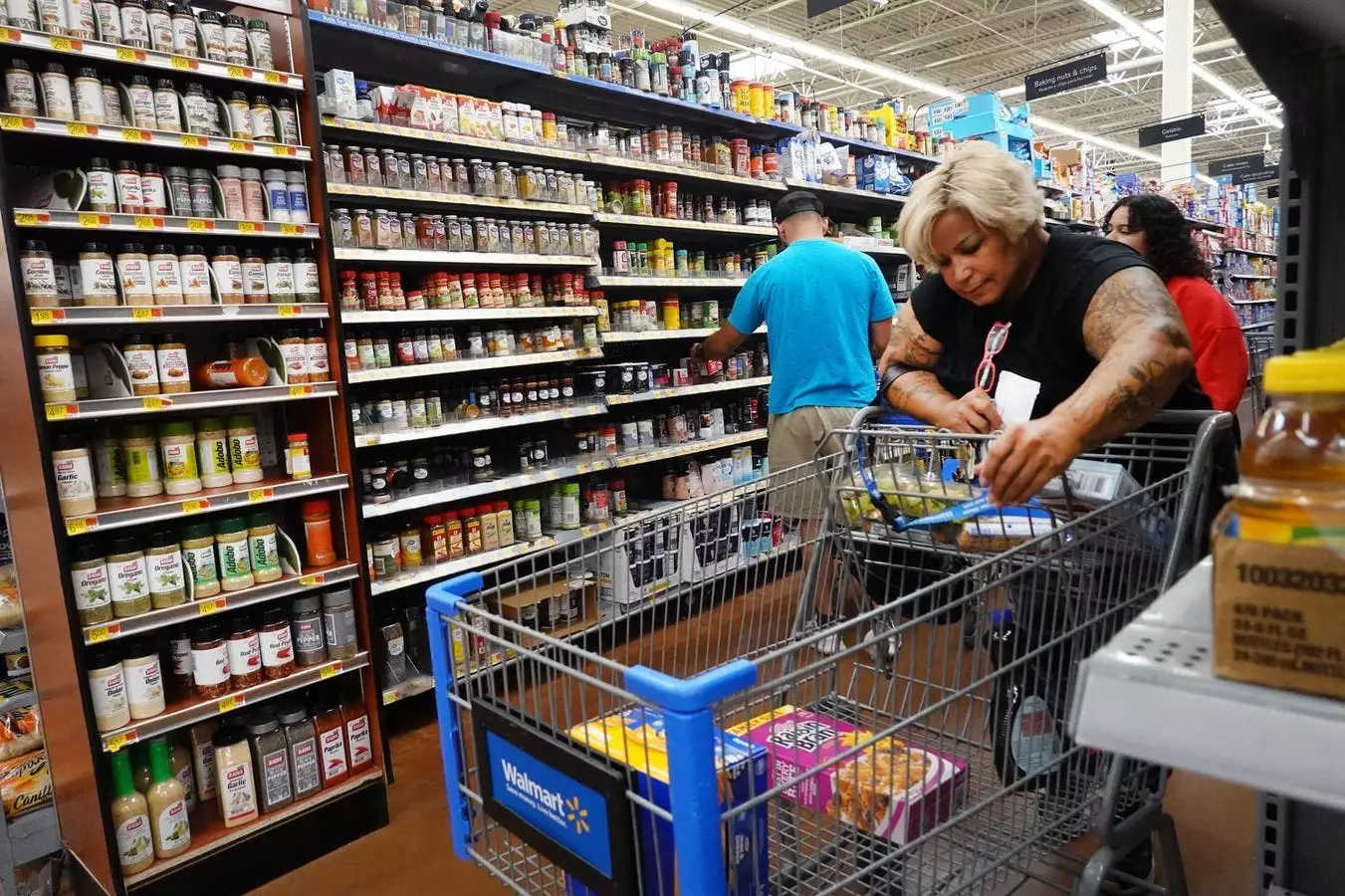The U.S. food and beverage industry is witnessing a dynamic surge, characterized by a flurry of notable mergers and acquisitions (M&A) and vibrant private equity (PE) activities. While this trend signifies an uptrend in investor interest, the horizon is not without challenges. Uncertain economic and trade policies, particularly those anticipated from President-elect Donald Trump’s administration, could introduce significant hurdles. This article explores the current state of the industry, emerging trends, and potentially disruptive elements that may shape its trajectory.
Investor confidence in the food and beverage sector appears robust, as underscored by a recent PitchBook report revealing that deal activity has withstood the pressures of a tumultuous economic climate. Expectedly, 2024 is projected to approach the remarkable peak of 531 global deals seen in 2021, with a focus on segments such as alcohol, baked goods, and the growing influence of celebrity brands. The U.S. mirrors this global enthusiasm, with data showing 44 PE deals recorded in the third quarter of 2024—nearly matching the 45 deals of the same period in 2021. While 2024 marks a shift to forecast 131 total transactions, down from the previous year’s 164, the landscape remains significantly active.
Notable acquisitions further emphasize this trend. Industry giants such as PepsiCo, Keurig Dr Pepper, and Molson Coors are making significant moves, acquiring brands like Siete Foods and ZOA Energy. These high-profile transactions not only indicate a competitive marketplace but also suggest that major players are prioritizing innovative and trending brands amid shifting consumer demands. Senior analysts like Alex Frederick at PitchBook indicate that the attention is turning to sectors experiencing rapid growth, such as energy drinks and innovative product offerings, which are likely to capture the interest of PE sponsors.
Despite the optimistic outlook, looming economic uncertainties, particularly concerning tariffs, pose a palpable threat. President-elect Trump has indicated intentions to impose steep tariffs—over 60% on goods sourced from China, and up to 20% on other imports. These potential changes are concerning for U.S. consumer packaged goods (CPG) companies that heavily rely on international sourcing for raw materials. Analysts warn that these tariffs could inflate production costs, casting a shadow over investor enthusiasm, especially in import-dependent segments.
Frederick points to a potential shift favoring domestically produced, sustainable, and health-conscious products as a result of these policy adjustments. This inclination aligns with a broader consumer movement toward healthier eating habits and environmentally friendly products—a sentiment bolstered by high-profile advocacy from figures like Robert F. Kennedy Jr. His focus on public health issues, particularly the adverse effects of artificial ingredients, further stresses the importance of clean label products and could reshape regulatory frameworks under the incoming administration.
In addition to tariff implications, the anticipated stringent immigration reforms could exacerbate existing labor shortages in the food production and processing sectors. Such shortages threaten to constrain supply chains or dramatically elevate consumer prices for essential goods. Frederick’s assessment indicates that consumers may need to adopt frugal habits, relying on coupons and budget-friendly private-label brands to navigate potential price hikes.
Moreover, as consumer preferences shift, the food and beverage sector may witness an increasing demand for transparency and health-oriented products. As the scrutiny on artificial ingredients intensifies, companies must adapt their offerings to meet evolving consumer expectations, ultimately driving greater demand for more wholesome alternatives.
Despite the challenges posed by economic, trade, and regulatory uncertainties, the food and beverage industry represents fertile ground for investment. Frederick underscores a strategic approach for CPG brands seeking to thrive within this competitive landscape. To enhance their market position, companies should focus on establishing high-margin products and improving minimum order quantities. Continuous assessment of costs and cash flow management is also vital for sustainable growth.
Additionally, leveraging data-driven decision-making is essential for brand success. With the plethora of data available, startups—especially in a consumer-facing environment—must critically analyze their sales channels to pinpoint profitability. By improving or eliminating underperforming channels and honing in on direct-to-consumer models, brands can optimize revenue generation effectively.
While the U.S. food and beverage industry is poised for growth, several factors—including tariff implications, labor shortages, and evolving consumer preferences—will undoubtedly shape its evolution. Companies must remain vigilant while embracing changes to position themselves strategically in a landscape that promises both challenges and opportunities.


Leave a Reply